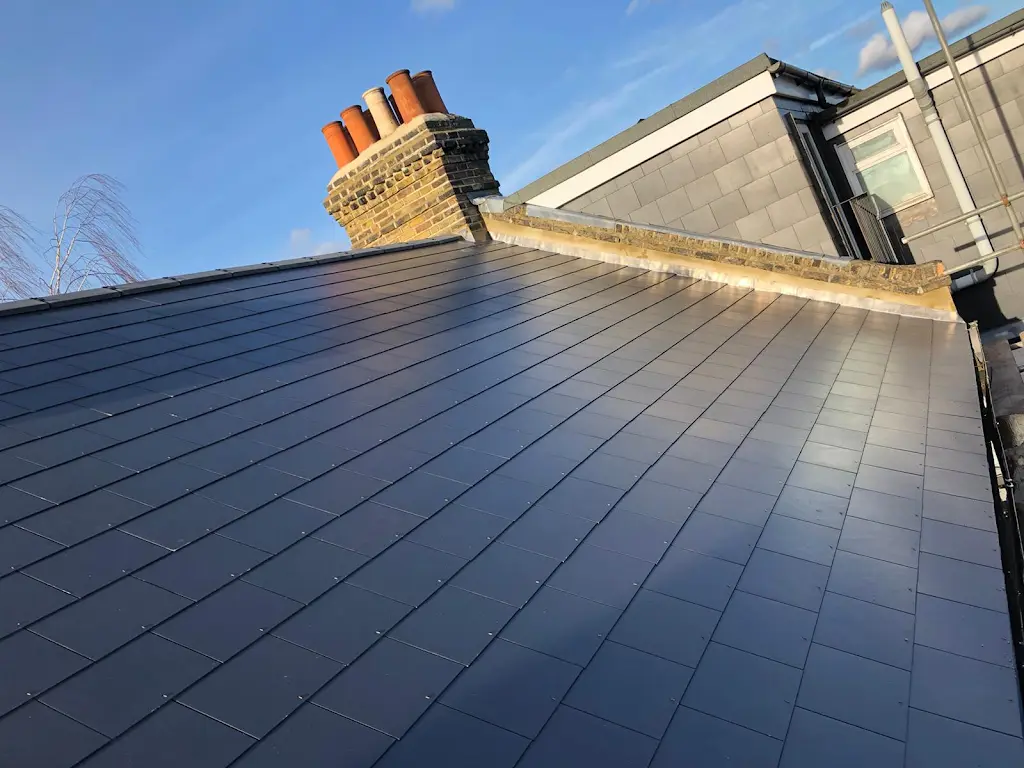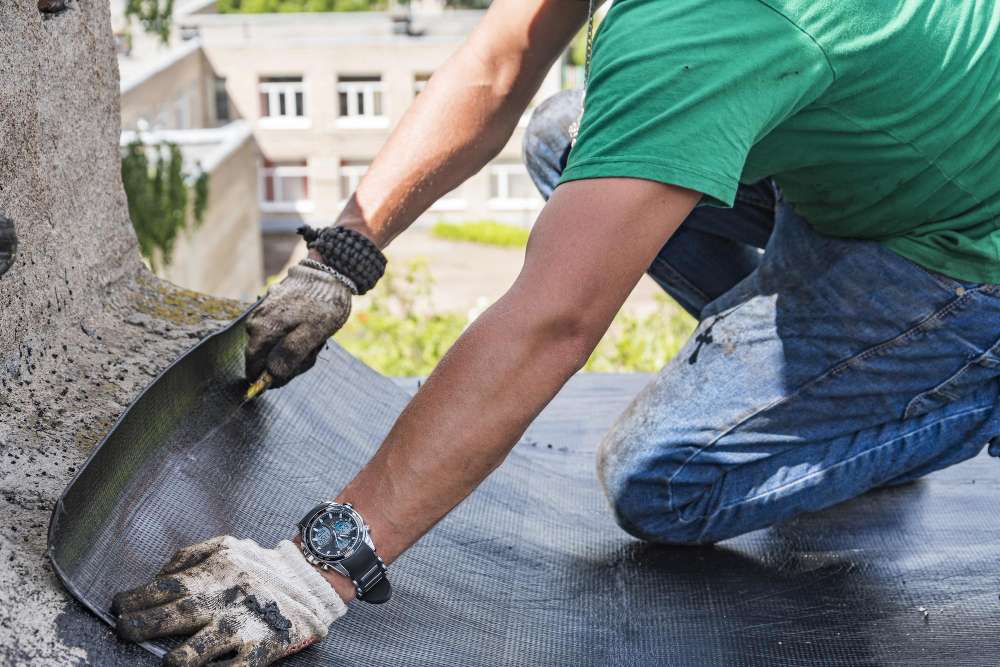How to Insulate a Flat Roof from the Inside
Table of Contents

Looking to make your home warmer and more energy efficient? Insulating a flat roof from the inside is a cost-effective way to retain heat, reduce energy bills, and comply with UK Building Regulations—all without touching the exterior of your property. This guide explains exactly how to do it, the materials you’ll need, building control rules, and how much it might cost.
Why Insulate a Flat Roof from the Inside?
Insulating internally—also called cold roof insulation—is ideal when:
- The existing roof membrane must remain untouched
- You’re working from inside (loft conversion, garage, extension, etc.)
- Your property is listed or in a conservation area where external work is restricted
Best Methods to Insulate a Flat Roof from the Inside
1. Between the Joists
Fit rigid insulation boards (like Celotex or Kingspan) between the roof joists.
- Pros: Cost-effective, doesn’t reduce ceiling height
- Cons: May cause cold bridging if gaps are left
- Materials: PIR boards or mineral wool
2. Below the Joists
Fix rigid boards beneath the joists and finish with plasterboard.
- Pros: Prevents cold bridging, improves U-value
- Cons: Slightly reduces head height
- Tip: Use insulated plasterboard for extra performance
Step-by-Step Guide: How to Insulate a Flat Roof from the Inside
Step 1: Check for Damp or Rot
Ensure the roof is dry and damage-free. Fix any leaks or mould before proceeding.
Step 2: Measure and Plan
Measure between the joists and decide how thick your insulation will be. Use at least 100mm of PIR to meet current U-value targets.
Step 3: Install Vapour Control Layer (VCL)
Fix a VCL to the warm side of insulation to stop moist air from reaching colder layers—this helps prevent condensation and mould.
Step 4: Fit Insulation
- Between joists: Cut insulation boards to fit snugly
- Below joists: Screw boards to the underside, seal edges with foil tape
Step 5: Add Plasterboard
Board over insulation and skim for a clean finish. Use insulated plasterboard for better performance if not using PIR boards.
What Is the Required U-Value for Flat Roofs in the UK?
According to Part L of the UK Building Regulations, flat roofs should achieve a U-value of 0.18 W/m²K or lower when retrofitting insulation.
If more than 25% of the roof area is being renovated, you must notify Building Control and comply fully with Part L.
Internal vs. External Insulation: What’s Better?
Feature | Internal (Cold Roof) | External (Warm Roof) |
Installation | Inside only | Requires roof removal |
Roof covering disturbance | None | Often replaced |
Ventilation needed | Yes | No |
U-value performance | Good | Better |
Common usage | Retrofits, lofts, garages | New builds, full refurbs |


Cost to Insulate a Flat Roof from the Inside
Estimated Material Costs:
- PIR Insulation Boards: £20–£30 per m²
- Vapour Control Layer: £1–£2 per m²
- Insulated Plasterboard (optional): £8–£15 per m²
- Fixings, Tape, Tools: £2–£5 per m²
Labour Cost (if hiring):
Around £150–£250 per day, depending on region and project size.
Common Mistakes to Avoid
- Skipping the VCL: Can lead to mould and rot inside the roof
- Poorly sealed gaps: Causes thermal bridging and condensation
- No ventilation gap above insulation: Leads to trapped moisture
- Using the wrong thickness: Will fail to meet Building Regs
Expert Tips for Roof Insulation from the Inside
- Add 50mm ventilation gap above insulation if joists allow
- Use foil tape to seal all PIR board joints
- Avoid recessed downlights where possible—they compromise insulation
- Record your insulation install if you plan to sell or rent—buyers may ask
Frequently Asked Questions (FAQs)
Can you insulate a flat roof without removing it?
Yes, internal insulation allows you to keep the existing roof structure intact—ideal for conversions or renovations.
What’s the best insulation for inside a flat roof?
PIR boards (like Celotex or Kingspan) offer excellent thermal performance and are easy to fit between or below joists.
Do I need ventilation in a cold roof?
Yes. You should leave a 50mm ventilation gap above the insulation to prevent condensation.
Do I need Building Regulations approval?
Yes, if you’re insulating more than 25% of the roof area or significantly changing its thermal performance.
Can I DIY flat roof insulation from the inside?
Yes, if you’re competent at measuring, cutting, and sealing. Otherwise, hire a qualified builder familiar with Part L.
Final Thoughts
Insulating a flat roof from the inside is a smart, budget-friendly way to increase comfort and reduce energy bills—especially in garages, loft conversions, and older extensions. As long as you use the right materials, control moisture, and follow UK Building Regulations, you’ll enjoy long-term benefits without major disruption.
